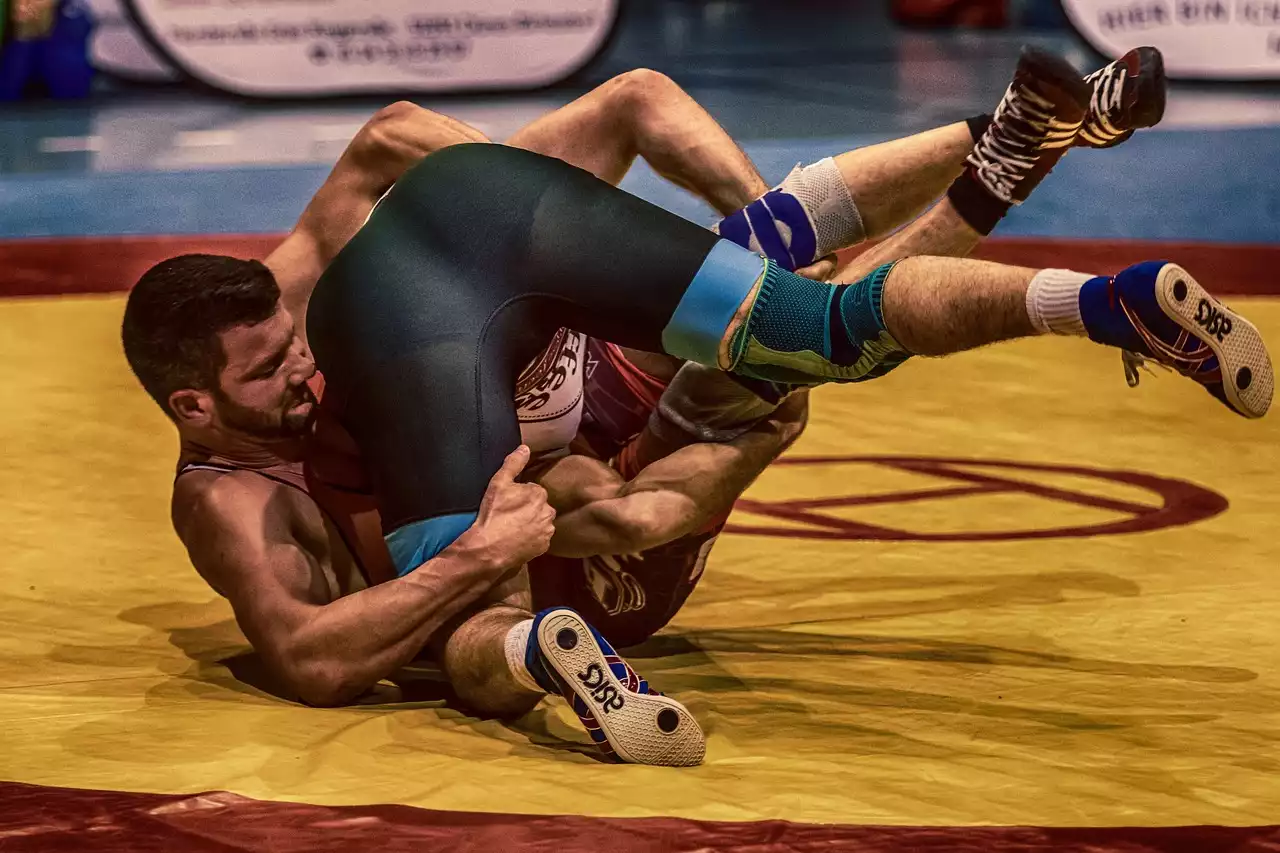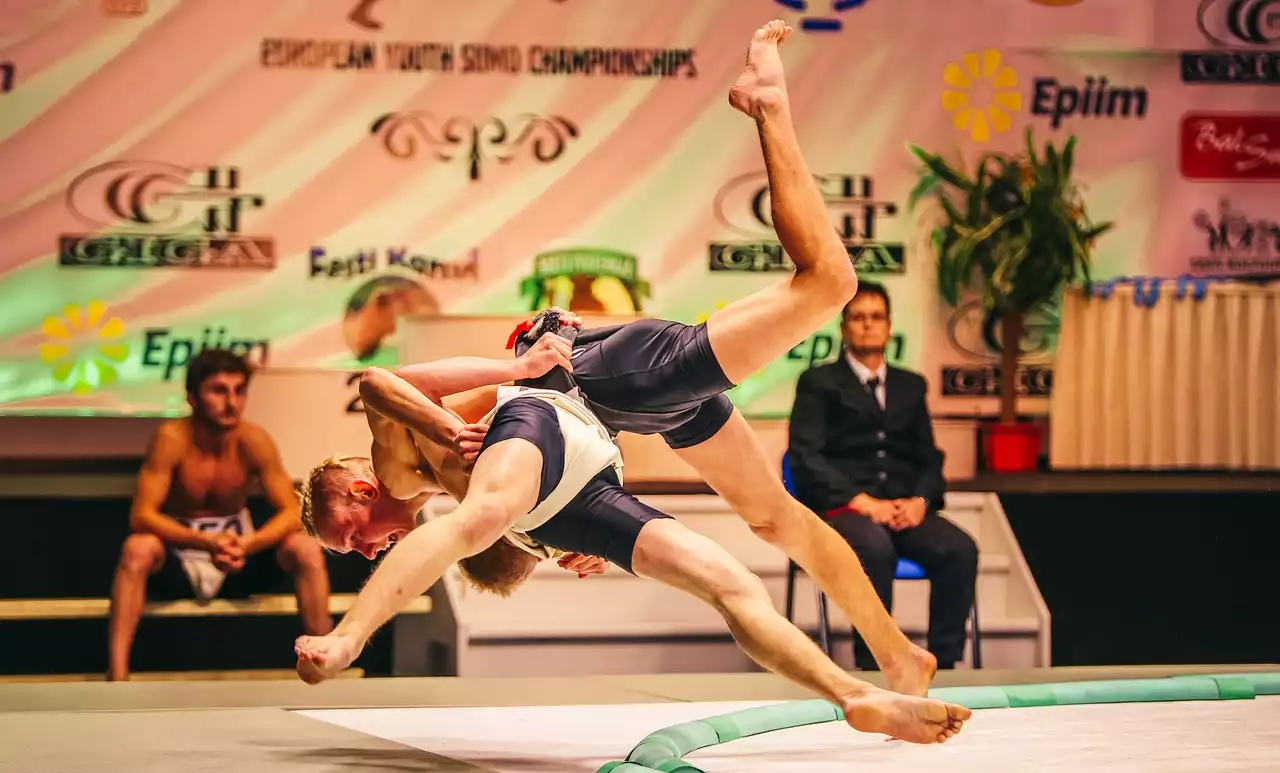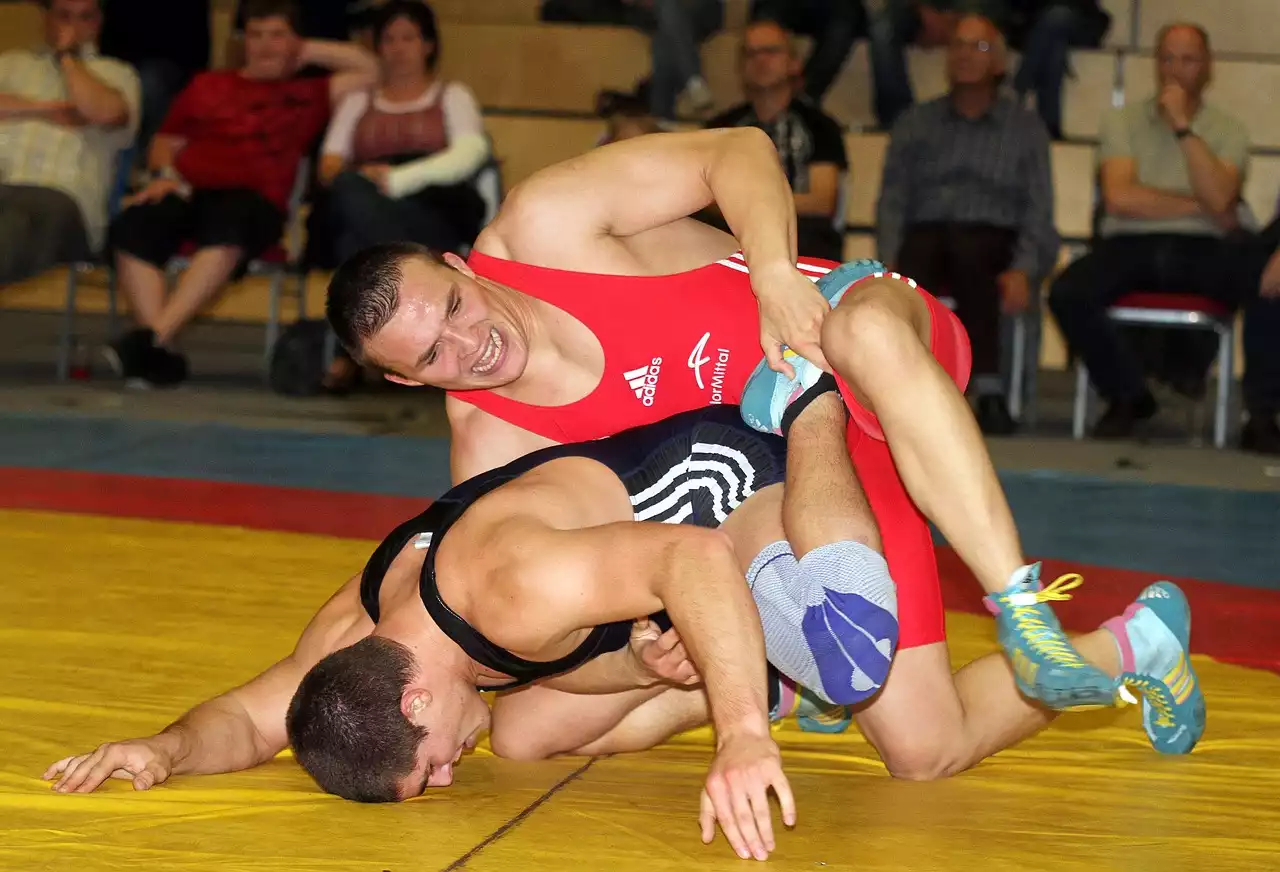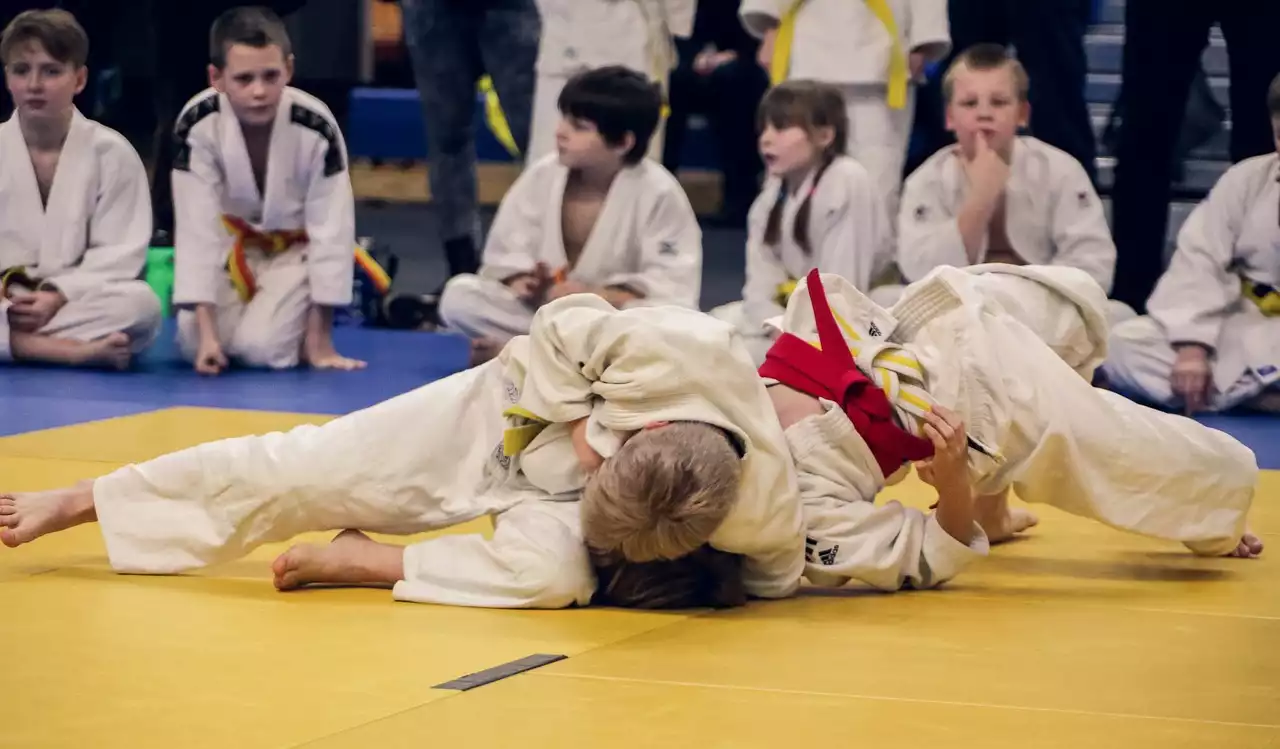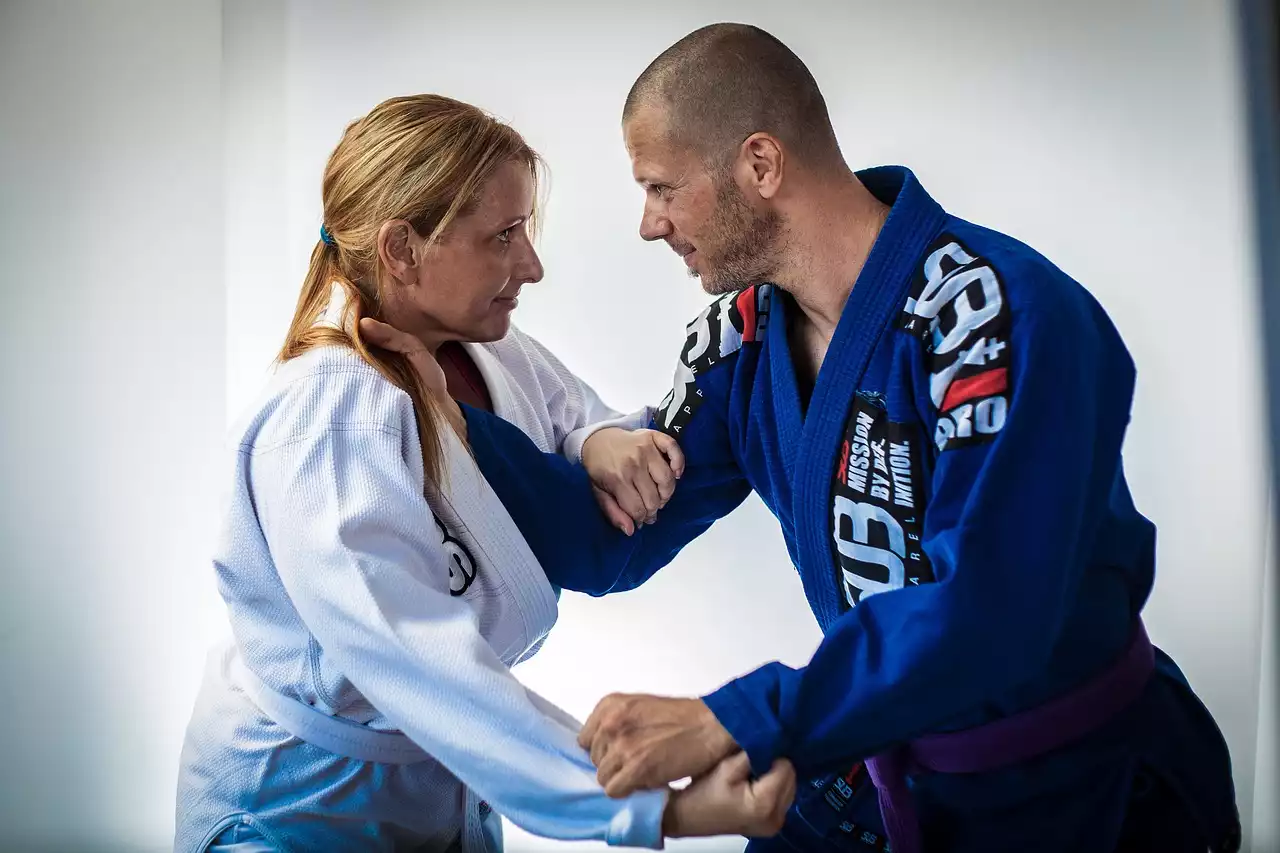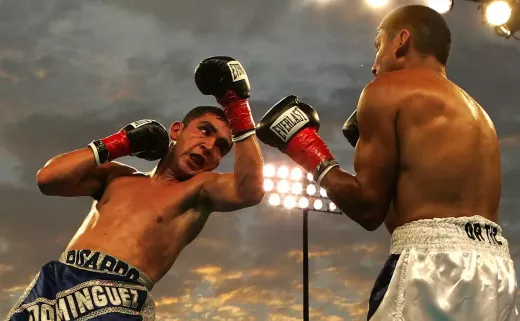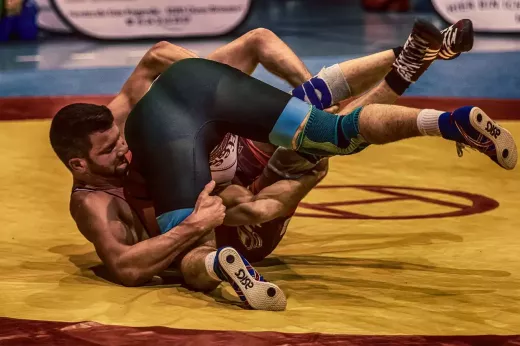Brief History of Catch Wrestling
Catch wrestling is said to have originated in Lancashire, England, in the 19th century. It was a popular sport among working-class men, who would compete in local competitions for money. The sport eventually made its way to the United States, where it gained popularity in the early 20th century. Catch wrestling was a favorite of carnivals and traveling circuses, where wrestlers would perform in front of crowds for money.
Catch wrestling is known for its various submission holds and techniques that can quickly immobilize an opponent. Unlike other forms of wrestling, catch wrestling allows for a wide range of techniques, including joint locks, chokes, and throws. Catch wrestlers are also known for their ability to transition between different techniques, making them highly versatile in the ring.
What Makes Catch Wrestling Unique?
Catch wrestling is unique in its focus on submission holds and techniques. Unlike other forms of wrestling, which may focus on takedowns and pins, catch wrestling is all about immobilizing your opponent and forcing them to submit. Catch wrestlers are highly skilled in joint locks, chokes, and other submission techniques, which can quickly end a match.
Another unique aspect of catch wrestling is its emphasis on transitions. Catch wrestlers are trained to seamlessly move from one technique to another, depending on their opponent's movements. This makes catch wrestling highly adaptable and versatile, allowing wrestlers to quickly adjust to their opponent's style and strategy.
Basic Techniques and Principles of Catch Wrestling
The basic principles of catch wrestling are simple: immobilize your opponent and force them to submit. To do this, catch wrestlers use a variety of techniques, including takedowns, groundwork, and submission holds.
Takedowns are an essential part of catch wrestling. Catch wrestlers use a variety of takedowns, including single-leg takedowns, double-leg takedowns, and throws. These takedowns are designed to quickly take your opponent to the ground, where you can then work on immobilizing them.
Groundwork is another key aspect of catch wrestling. Once your opponent is on the ground, you can work on controlling them and setting up submission holds. Catch wrestlers are trained in various techniques for controlling their opponent on the ground, including the half guard, the butterfly guard, and the mount.
Submission holds are the bread and butter of catch wrestling. Catch wrestlers are highly skilled in joint locks, chokes, and other submission techniques that can quickly end a match. Some common submission holds include the ankle lock, the kimura, and the armbar.
Common Misconceptions about Catch Wrestling
Despite its popularity, catch wrestling is often misunderstood by those who are unfamiliar with the sport. One common misconception is that catch wrestling is a violent and dangerous sport. While it is true that catch wrestling can be physically demanding, it is no more dangerous than other combat sports like boxing or MMA.
Another misconception about catch wrestling is that it is only for men. While it is true that catch wrestling has traditionally been a male-dominated sport, there are plenty of women who practice catch wrestling and compete at a high level.
Finally, some people believe that catch wrestling is outdated and no longer relevant in modern combat sports. However, this couldn't be further from the truth. Catch wrestling is still widely practiced and respected by wrestlers around the world, and its techniques have been incorporated into other combat sports like MMA.
Training for Catch Wrestling
Training for catch wrestling requires a combination of strength, endurance, and technique. Catch wrestlers must be able to perform takedowns, control their opponent on the ground, and execute submission holds with precision.
To train for catch wrestling, you will need to work on your strength and conditioning. This may involve weightlifting, cardio training, and other exercises to build strength and endurance.
You will also need to work on your technique. This may involve practicing takedowns, groundwork, and submission holds with a partner or coach. It is important to focus on proper technique and form, as this will help prevent injury and improve your performance in the ring.
Tips for Improving Your Catch Wrestling Skills
If you're looking to improve your catch wrestling skills, there are a few tips to keep in mind:
- Focus on technique: Proper technique is essential for success in catch wrestling. Make sure you are using the correct form and technique for each move.
- Train regularly: Consistent training is key to improving your catch wrestling skills. Make sure you are practicing regularly and working on both your strength and technique.
- Watch and learn: Watching professional catch wrestlers can be a great way to learn new techniques and improve your skills. Study their movements and try to incorporate them into your own training.
- Work with a coach: Working with a coach or trainer can help you identify areas where you need improvement and provide guidance on how to improve.
Catch Wrestling Competitions and Events
If you're interested in competing in catch wrestling, there are a variety of competitions and events to choose from. These can range from local tournaments to national and international competitions.
One popular catch wrestling competition is the ADCC (Abu Dhabi Combat Club) Submission Wrestling World Championship. This event brings together some of the best catch wrestlers and grapplers from around the world to compete for the championship title.
Another popular event is the Catch Wrestling Alliance World Championship. This event is held annually in Los Angeles and features some of the best catch wrestlers from around the world.
Catch Wrestling Legends and Influencers
Catch wrestling has a rich history, and there are many legendary catch wrestlers who have left their mark on the sport. Some of the most notable catch wrestlers include:
- Karl Gotch: Known as the "Godfather of Wrestling," Gotch was a legendary catch wrestler who competed in the 1950s and 60s.
- Billy Robinson: Another legendary catch wrestler, Robinson competed in the 1960s and 70s and later went on to train some of the top wrestlers and MMA fighters in the world.
- Josh Barnett: A former UFC heavyweight champion, Barnett is a highly skilled catch wrestler and has competed in various catch wrestling events throughout his career.
Resources for Learning and Practicing Catch Wrestling
If you're looking to learn and practice catch wrestling, there are a variety of resources available. These include:
- Catch wrestling schools and training centers: Many cities have catch wrestling schools or training centers where you can learn and practice catch wrestling.
- Online tutorials and courses: There are many online tutorials and courses available that can help you learn and improve your catch wrestling skills.
- Books and DVDs: There are also many books and DVDs available on catch wrestling, which can provide valuable insights and techniques for improving your skills.
No matter what your level of experience or skill, catch wrestling is a challenging and rewarding sport that can help you improve your grappling skills and take your performance to the next level. With the right training and practice, you can become a master of submission and a skilled catch wrestler.
